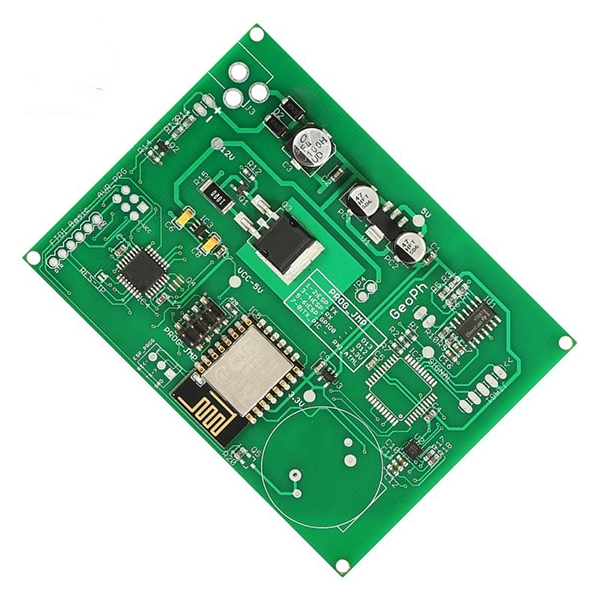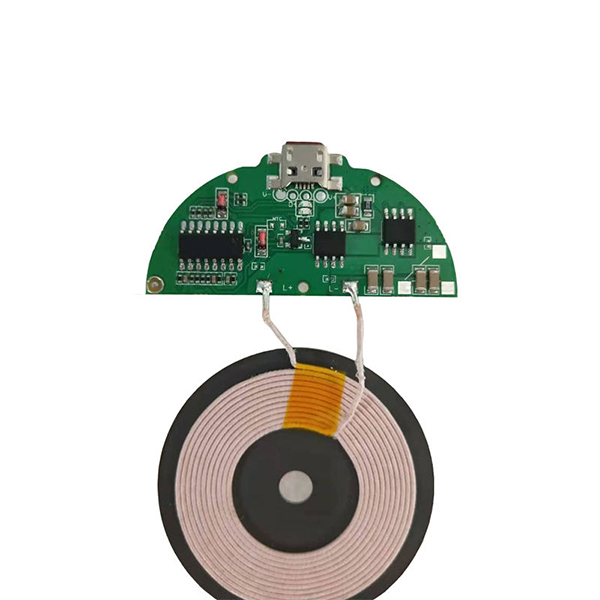How to make a good PCB board?
We all know that making PCB board is to turn the designed schematic into a real PCB board. Please don’t underestimate this process. There are many things that are feasible in principle but difficult to achieve in the project, or others can achieve things that some people can not achieve Mood.
The two major difficulties in the field of microelectronics are the processing of high-frequency signals and weak signals. In this respect, PCB production level is particularly important. The same principle design, the same components, different people produced PCB will have different results, so how to make a good PCB board?
1.Be clear about your design goals
After receiving a design task, the first thing to do is to clarify its design objectives, which are ordinary PCB board, high frequency PCB board, small signal processing PCB board or both high frequency and small signal processing PCB board. If it is an ordinary PCB board, as long as the layout is reasonable and neat, the mechanical size is accurate, such as medium load line and long line, it is necessary to use certain means for processing, reduce the load, long line to strengthen the drive, the focus is to prevent long line reflection. When there are more than 40MHz signal lines on the board, special considerations must be made for these signal lines, such as cross-talk between the lines and other issues. If the frequency is higher, there will be a more strict limit on the length of the wiring. According to the network theory of distributed parameters, the interaction between the high-speed circuit and its wires is the decisive factor, which cannot be ignored in the system design. With the increase of the transmission speed of the gate, the opposition on the signal line will increase correspondingly, and the crosstalk between adjacent signal lines will increase in direct proportion. Usually, the power consumption and heat dissipation of high-speed circuits are also large, so sufficient attention should be paid to the high-speed PCB.
When there is a weak signal of millivolt level or even microvolt level on the board, special care is needed for these signal lines. Small signals are too weak and very susceptible to interference from other strong signals. Shielding measures are often necessary, otherwise the signal-to-noise ratio will be greatly reduced. So that useful signals are drowned out by noise and cannot be extracted effectively.
The commissioning of the board should also be considered in the design phase, the physical location of the test point, the isolation of the test point and other factors can not be ignored, because some small signals and high frequency signals can not be directly added to the probe to measure.
In addition, some other relevant factors should be considered, such as the number of layers of the board, the packaging shape of the components used, the mechanical strength of the board, etc. Before doing PCB board, to make the design of the design goal in mind.
2.Know the layout and wiring requirements of the functions of the components used
As we know, some special components have special requirements in the layout and wiring, such as LOTI and the analog signal amplifier used by APH. The analog signal amplifier requires stable power supply and small ripple. The analog small signal part should be as far away from the power device as possible. On the OTI board, the small signal amplification part is also specially equipped with a shield to shield the stray electromagnetic interference. The GLINK chip used on the NTOI board uses the ECL process, the power consumption is large and the heat is severe. The heat dissipation problem must be considered in the layout. If the natural heat dissipation is used, the GLINK chip must be placed in the place where the air circulation is smooth, and the heat released can not have a big impact on other chips. If the board is equipped with a horn or other high-power devices, it is possible to cause serious pollution to the power supply this point should also cause enough attention.
3.Component layout considerations
One of the first factors to consider in the layout of components is electrical performance. Put the components with close connection together as far as possible. Especially for some high-speed lines, the layout should make it as short as possible, and the power signal and small signal devices should be separated. On the premise of meeting the circuit performance, the components should be neatly placed, beautiful, and easy to test. The mechanical size of the board and the location of the socket should also be seriously considered.
The transmission delay time of ground and interconnect in high-speed system is also the first factor to be considered in system design. The transmission time on the signal line has a great impact on the overall system speed, especially for the high-speed ECL circuit. Although the integrated circuit block itself has a high speed, the system speed can be greatly reduced due to the increase of the delay time brought by the common interconnect on the bottom plate (about 2ns delay per 30cm line length). Like the shift register, synchronization counter this kind of synchronization working part is best placed on the same plug-in board, because the transmission delay time of the clock signal to different plug-in boards is not equal, may make the shift register to produce the main error, if can not be placed on a board, in the synchronization is the key place, from the common clock source to the plug-in board of the clock line length must be equal
4.Considerations for wiring
With the completion of OTNI and star fiber network design, there will be more 100MHz + boards with high speed signal lines to be designed in the future.

